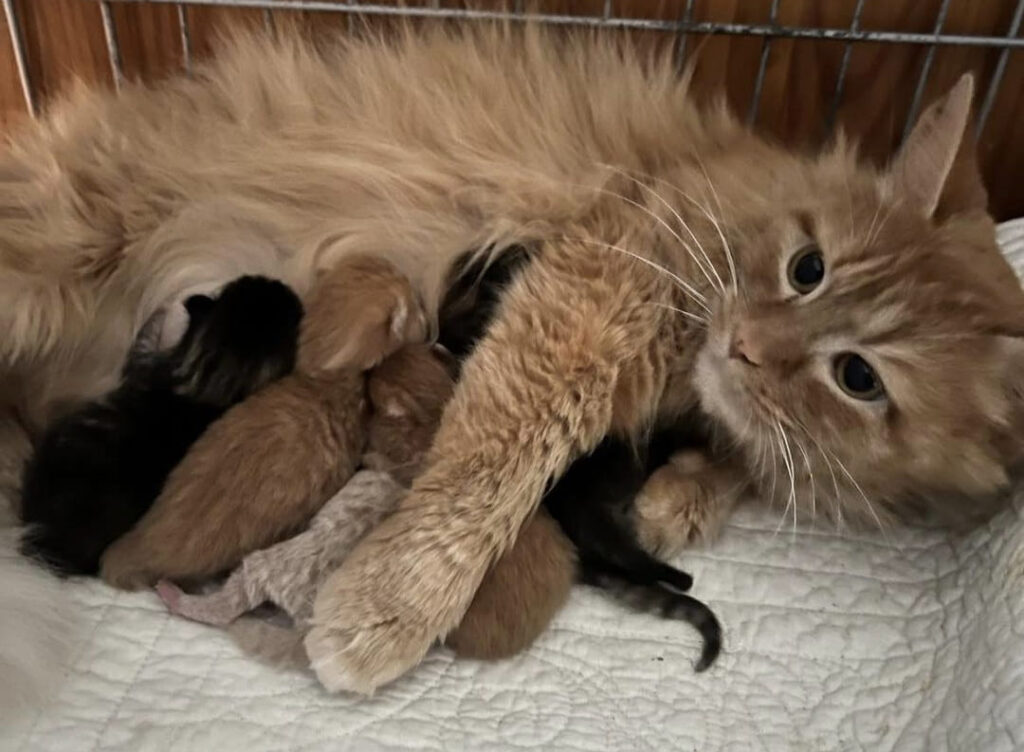They’re cute, cuddly and desperately in need of your help. Or are they?
If you happen upon a litter of tiny kittens outdoors, it’s natural to want to scoop them up and try to care for them yourself or take them to a shelter. But both of those options may actually place them in more danger.

To give newborn kittens the best chance of survival:
- Leave the kittens alone and try to figure out if their mom is still around. Observe them from a distance every couple of hours for 12 to 18 hours. If the kittens seem content and are not fussing, there’s a good chance their mom is coming back.
- If the kittens are in danger due to their location, move them to a safer spot nearby so the mom can easily find them when she returns.
- If the kittens are dirty, meowing or appear sick, underweight or dehydrated, contact a veterinarian or SWCHS for help (please understand SWCHS does not have a veterinarian on staff). They can help you determine if the kittens are at risk and if you should intervene. Kittens must have mother’s milk during the first 24-48 hours after birth. Research has shown that colostrum has a powerful LIFE-SUPPORTING immune and growth factors that ensure the health and vitality of the newborn kitten. Removing the kittens without this colostrum in their systems will prevent the kittens from proper growth and tissue repair ultimately resulting in death.
- If you spot the mom, leave the kittens alone. When the kittens have been eating on their own for about four weeks or are big enough for surgery (typically when they’re between two and three months old), humanely trap the whole family and have them spayed or neutered. You can then re-home the litter and release mom back onto the property to be a working cat and keep other cats away.
